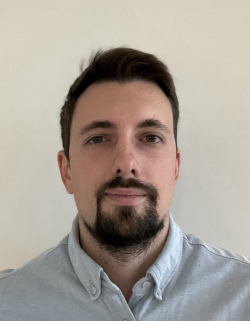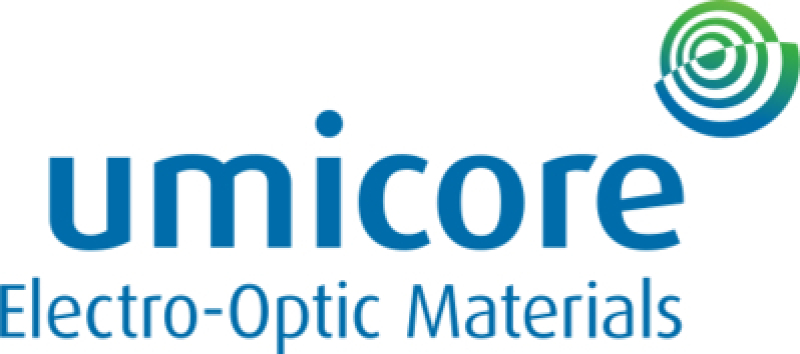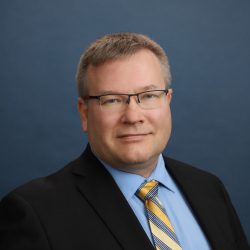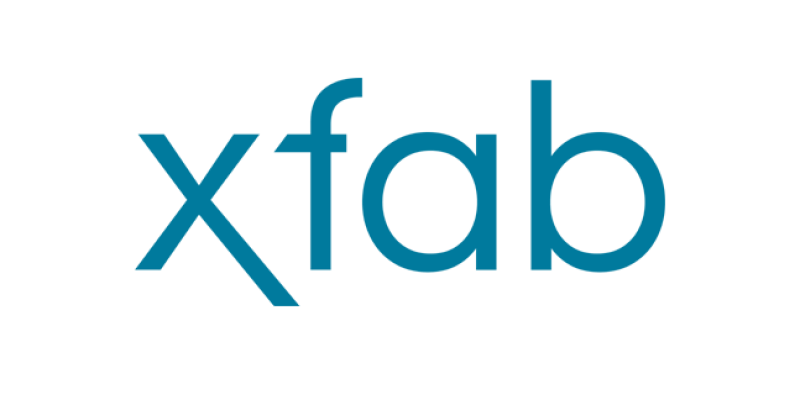| Tuesday, November 14, 2023 | |
Integrated Photonics |
|
| 15:10 | Opening Remarks by Session Chair |
| 15:20 | Overview Integrated Photonics, Ivan Nikitski, EPIC |
| 15:40 | VCSELs - Development - Production - Market |
Roman Koerner, Head of global R&D (CTO), TRUMPF VCSELs - Development - Production - Market
 Abstract Biography |
|
| 16:00 | Photonic IC Design: Innovation and Scalability |
Pieter Dumon, CTO, Luceda Photonics Photonic IC Design: Innovation and ScalabilityAbstract Biography |
|
| 16:20 | Germanium Substrates for Photonics: GaAs Replacement Advantages and New Production Possibilities through CMOS Integration |
Ivan Zyulkov, Business Development Manager, Umicore Germanium Substrates for Photonics: GaAs Replacement Advantages and New Production Possibilities through CMOS Integration
 Abstract Biography |
|
| 16:40 | Reserved |
| 17:00 | PhotonixFAB – The EU-funded Pilot Line to Empower Photonics Innovations |
Joni Mellin, BL manager photonics, XFAB AG PhotonixFAB – The EU-funded Pilot Line to Empower Photonics Innovations
 Abstract Biography |
|
| 17:20 | Reserved |
| 17:40 | Key Takeways from Session Chair |